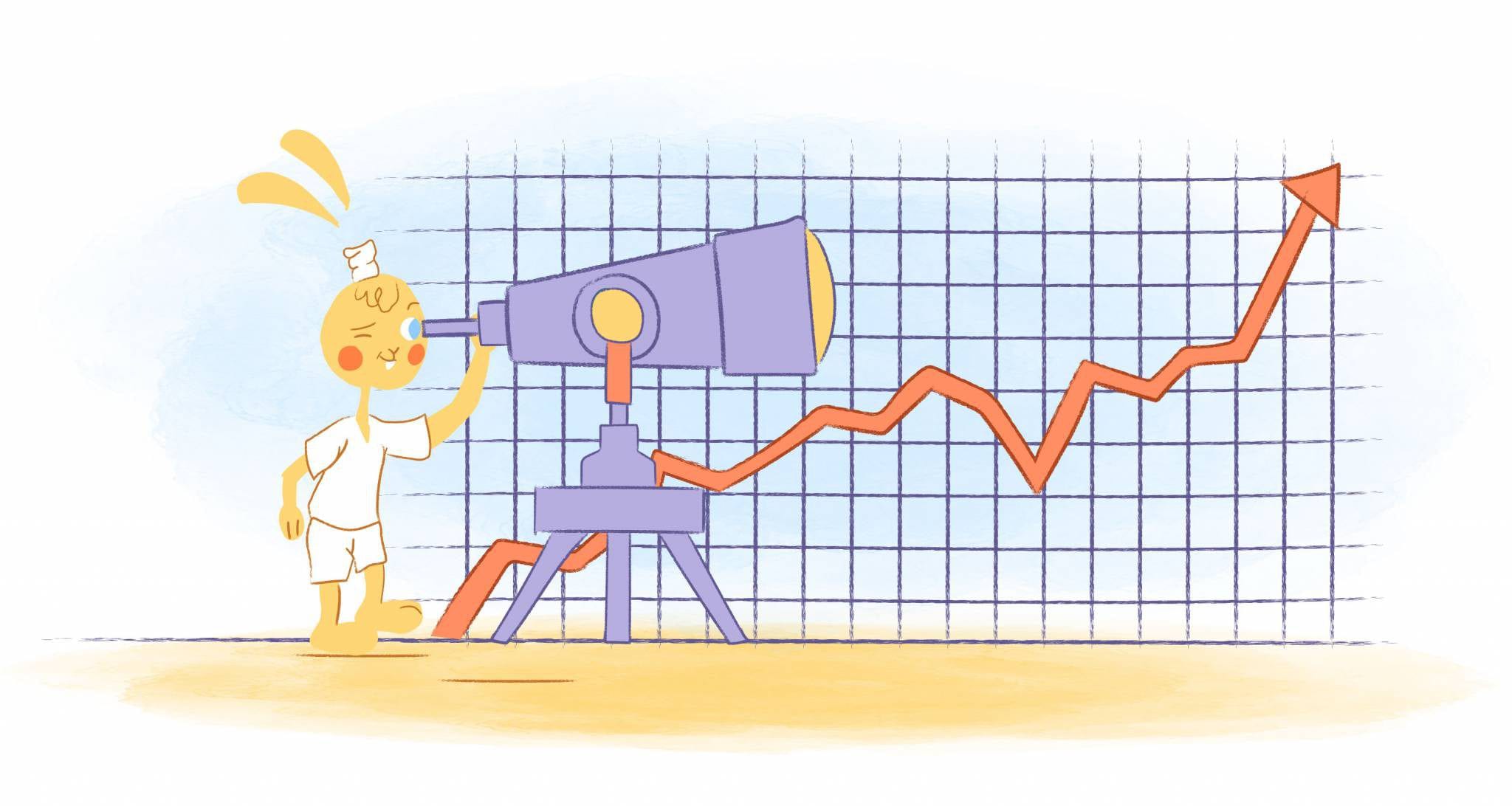I recently had to leave town for an important meeting. Instead of flying, I decided to make a little road trip out of the event. As long as I can listen to music and roll down the windows, I actually get a kick out of driving. And, if there are no mishaps along the way, that’s even better — but there will always be a mishap — if you aren’t prepared. Be proactive, not reactive with your time.
Of course, there was a minor hiccup during my journey — I got a flat tire. While it’s not the end of the world, it was an inconvenience. And, while getting a flat is common, in this case, it was unavoidable.
Before I left, I knew that it was time to get new tires. That’s when you hurry and take care of something — right when you think that thought. However, I figured I would do this after I returned home. That decision came back to bite me — and as a general rule — they do come back to bite you.
While making excellent time on my way home, the rear driver tire went kaput. As a result, I had to spend the time changing the tire. The tire incident would have all been avoided if I had just gone and replaced my tires before departing.
In other words, I should have been more proactive. If I had been proactive — I wouldn’t have had to deal with this minor headache. According to Stephen Covey’s influential book, The 7 Habits of Highly Effective People, proactivity is the most critical characteristic of effective and successful people. Proactivity t’s so meaningful that it lays the foundation for the other six habits in Covey’s book.
More recently, however, I’ve come to realize that being proactive is also vital to time management. It encourages you to prepare for the unexpected, become more self-aware, and focus only on the activities that are tied into the big picture.
But, how can you be proactive, not reactive, with your time? Well, here the best places to start.
Develop a “hunter” mentality.
Creating to-do-lists are laudable. They can assist you in identifying everything that you need to get accomplished. Unfortunately, sometimes, they’re not effective when it comes to managing your time. The ineffective nature of lists comes from the fact that we don’t estimate the right amount of time needed to complete specific tasks. And, lists also have a knack of helping us avoid what’s most important, even critical.
A better solution? Develop a “hunter” strategy.
I came across this concept from Aytekin Tank, the founder, and CEO of JotForm. According to Tank, our ancestors didn’t rely on to-do-lists to survive. Instead, they rose “every single day with one goal in mind — to make a successful hunt — which was the single most important thing for the hunter and his family.” If the hunt weren’t successful, then there would be nothing to eat.
“I think when it comes to scheduling, this is a great mindset to have,” adds Tank. “Instead of writing down dozens of tasks that you need to get done each day — choose one that MUST get done and will deliver the most impact.”
Schedule your time.
After determining your priorities, add them to your calendar. Ideally, you should work on your most important tasks a couple of hours after waking since this is when you’re most alert and energetic. The key, however, is dedicating the proper amount of time to these tasks and blocking out distractions while working on them.
I’d also suggest that you share your calendar with others so that they’re aware of when you’re available and busy. You shouldn’t share everything, like personal obligations. But, it’s easy to eliminate interruptions.
Create and stick to a routine.
Being proactive means that you’re consistent. And, is there anything more consistent than a daily routine?
Your routine should be built within your schedule and should include chunks of time for both high and low priority tasks. It should also include morning and evening rituals that will supercharge today and tomorrow. For instance, instead of being glued to your phone as soon as your eyes open, get up, exercise, eat a healthy breakfast, and review your calendar.
During the evening, skip anything work-related and do something relaxing like reading. You should also plan out tomorrow, prepare your meals, and pick out your clothes to avoid decision fatigue.
Focus on your circle of influence.
Covey came up with something called the Circles of Concern and Influence. Circles of Concern are the things that we have no control like the weather. On the flipside are the things that you can change, aka your Circles of Influence.
“According to Covey, what separates reactive people from proactive people is which circle they spend the most time, attention, and energy in,” writes Brett and Kate McKay. “Reactive people pay more attention to the items that are just in their Circle of Concern — the stuff they have little or no control over.” As a result, they become “psychologically debilitating.”
Proactive people don’t spend their time and energy on these matters. Instead, they focus on their Circle of Influence. They’re able to do this by figuring out your circles and jotting down the things that make you anxious. It’s a simple exercise to see what you do have influence over.
You can also rephrase your language. For example, replace “I can’t” with “I prefer.” Meditation is also helpful since it forces you to be more present. And, take action, no matter how small, as this “ kickstarts a virtuous cycle of proactivity.”
Don’t feel pressured.
“When someone’s pressuring you to make a decision you’re not sure about, simply buy time and say:’“I’ll think about it,’” recommends Preston Ni M.S.B.A. “This phrase can instantly lift the psychological pressure, and put you in greater control of the situation.”
“Whether it’s an acquaintance asking for a favor, a romantic interest pursuing a date, or intense sales pressure, take the time you need to evaluate the pros and cons of the situation, and consider whether you want to negotiate a different arrangement, or if you’re better off by saying ‘no,’” says Ni. Of course, you don’t want to keep them hanging. But, when it comes to requests for your time, at least sleep on it before committing or rejecting it.
Have a “no” policy.
Speaking of saying “no,” establish boundaries by implementing a “policy.” For example, enforce a one-day-a-week no-meetings policy. It doesn’t matter which day of the week this is, although Wednesdays have been a popular choice. The idea here is that you don’t accept any meetings on this particular day. Instead, you use this time as a “Maker’s Day” or to focus on solving problems without being interrupted.
A “no” policy is also useful in maintaining a healthy work-life balance and preventing you from overcommitting. Let’s say that Friday nights are reserved for your family. That means you don’t plan any work-related events or accept any other social invites on this night because it will interfere with this ritual.
Overcome Murphy’s Law.
Coined by the American aerospace engineer Captain Edward Aloysius Murphy Jr., Murphy’s Law states that “anything that can go wrong, will go wrong.” And, it should go without saying that this concept can impact your time.
Going back to my flat tire experience. If I had a meeting that day, this would have caused me to be late. While it was unexpected, I should have addressed the problem in advance. Staying proactive will take care of a considerable percentage of issues that come up. Prevention and proactive are words that should be listed together in problem-solving.
You can’t anticipate everything that could go wrong. But, you can determine the possible scenarios and develop a contingency plan. For instance, since I was traveling that day, it would be wise not to have any appointments scheduled just in case something went wrong during my travels.
Another example is that I always carry the computer charge and my phone charger in my bag. If these two items are not in my slim computer bag — I will need them. And remarkably — I help someone else out daily with these two items.
Other ways that you can overcome Murphy’s Law could be:
- Preparing as much as possible the night before. Let’s say your alarm didn’t go off in the morning. If your work gear is already packed and your clothes are laid out. It will solve everything. But, it will make things a little less hectic.
- Being realistic with your time. Time yourself until you know precisely now how much time you need for repeated habits. Habits would be showering and getting ready. Time the drive or the walk to the office. Know yourself well enough to calculate realistically. What can you achieve in a day? Don’t spread yourself too thin.
- Adding time buffers. Let’s say you have meetings all day. As opposed to scheduling them back-to-back, space them out. Now, if a meeting runs late or you got stuck in traffic, it won’t impact the next event.
- Double-checking your tasks. I recently missed a deadline because I didn’t double-check the due date. If I had taken the extra second to read the fine print, this could have been avoided.
- Learning how to separate the urgent from the important. While this isn’t the easiest of feats, it will help you focus on what deserves your attention right now and what can wait until later.
Don’t become complacent.
Being proactive is all about tracking your progress and finding out where you need to improve. For instance, I used to spend almost an hour each morning on email and social media. After tracking my time, I realized that this was a colossal waste of my time. Thanks to self-discipline and automation, I’ve reduced this amount of time and use it more productively.
Be Proactive, Not Reactive with Your Time was originally published on Calendar by John Rampton.


